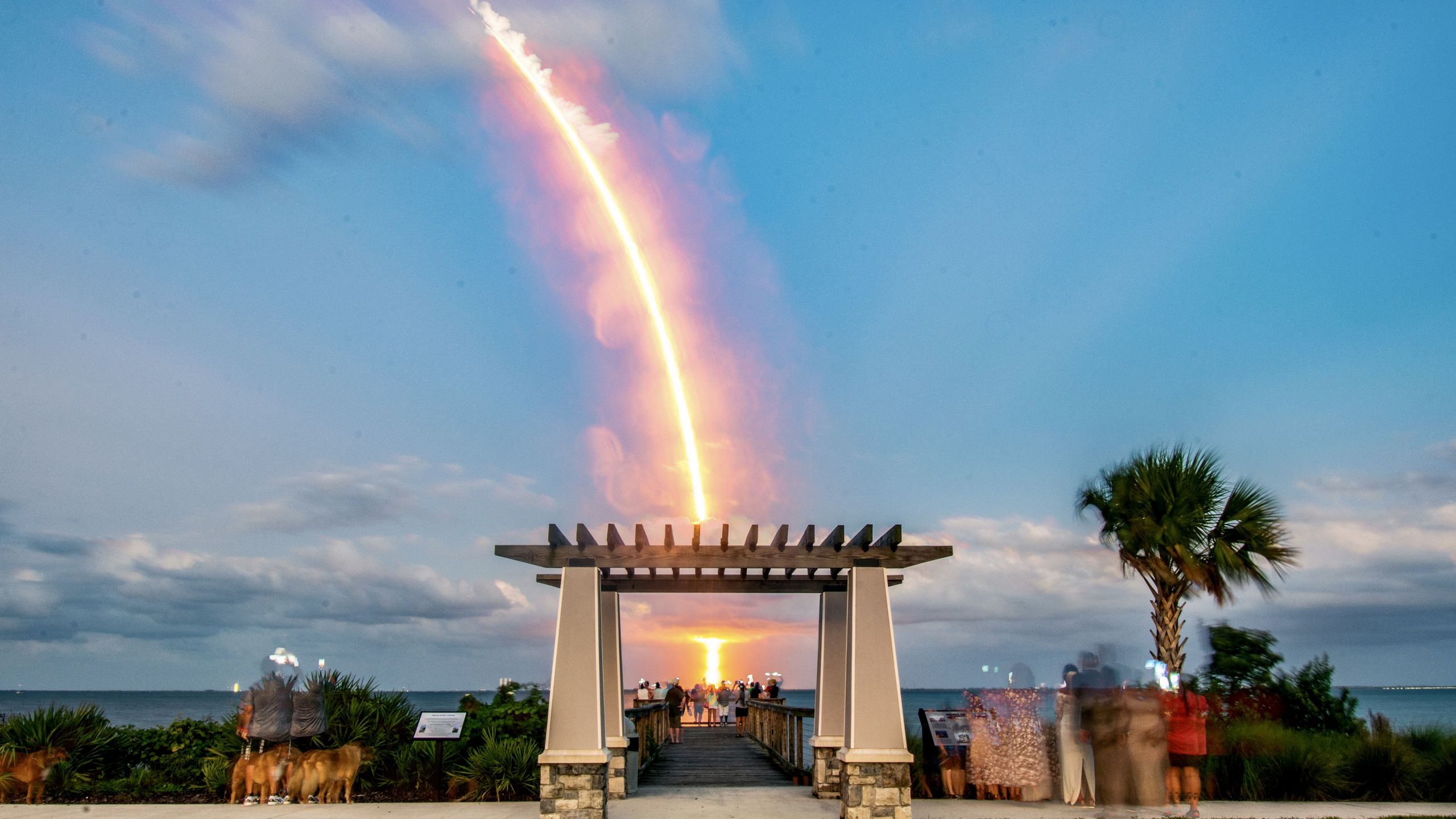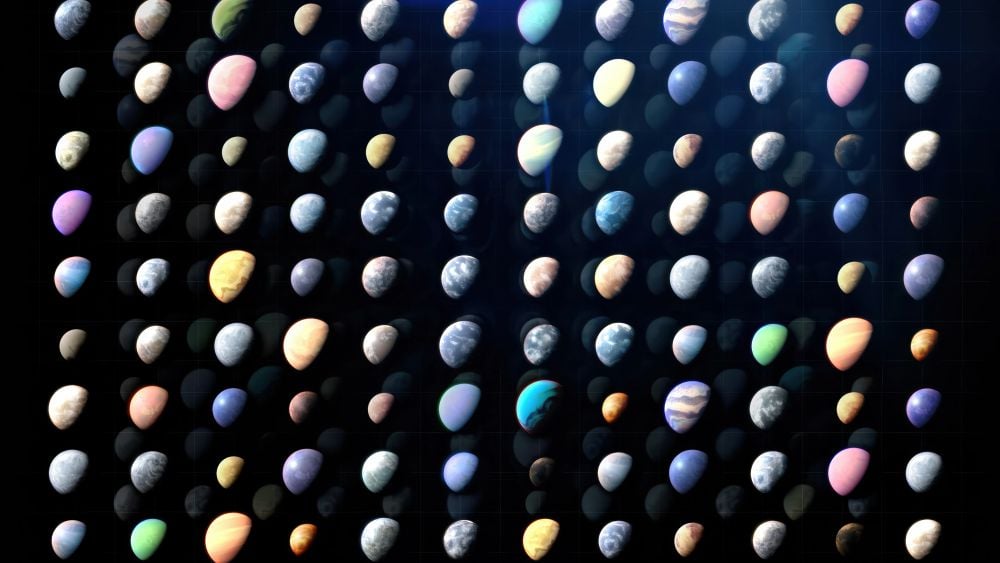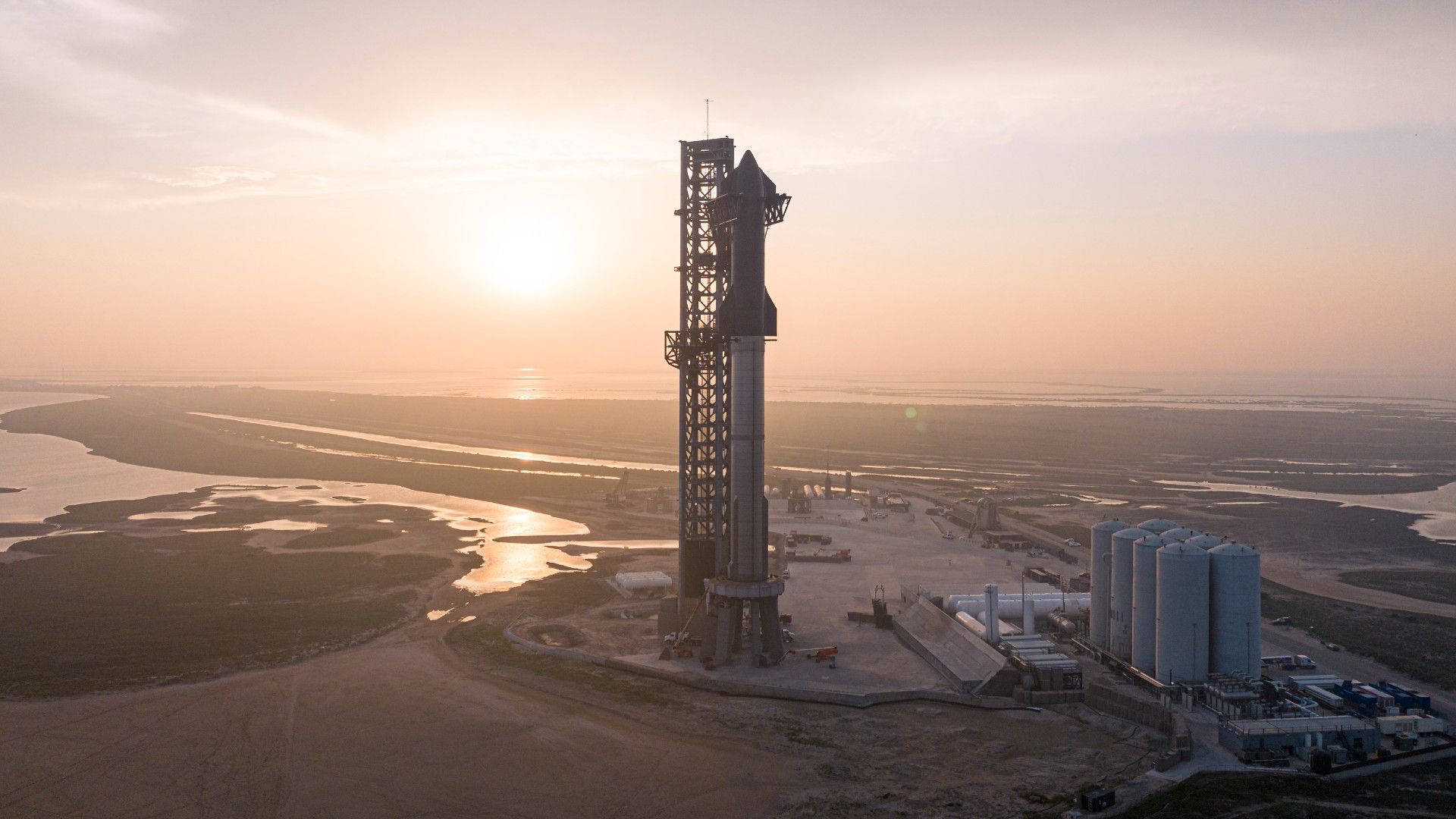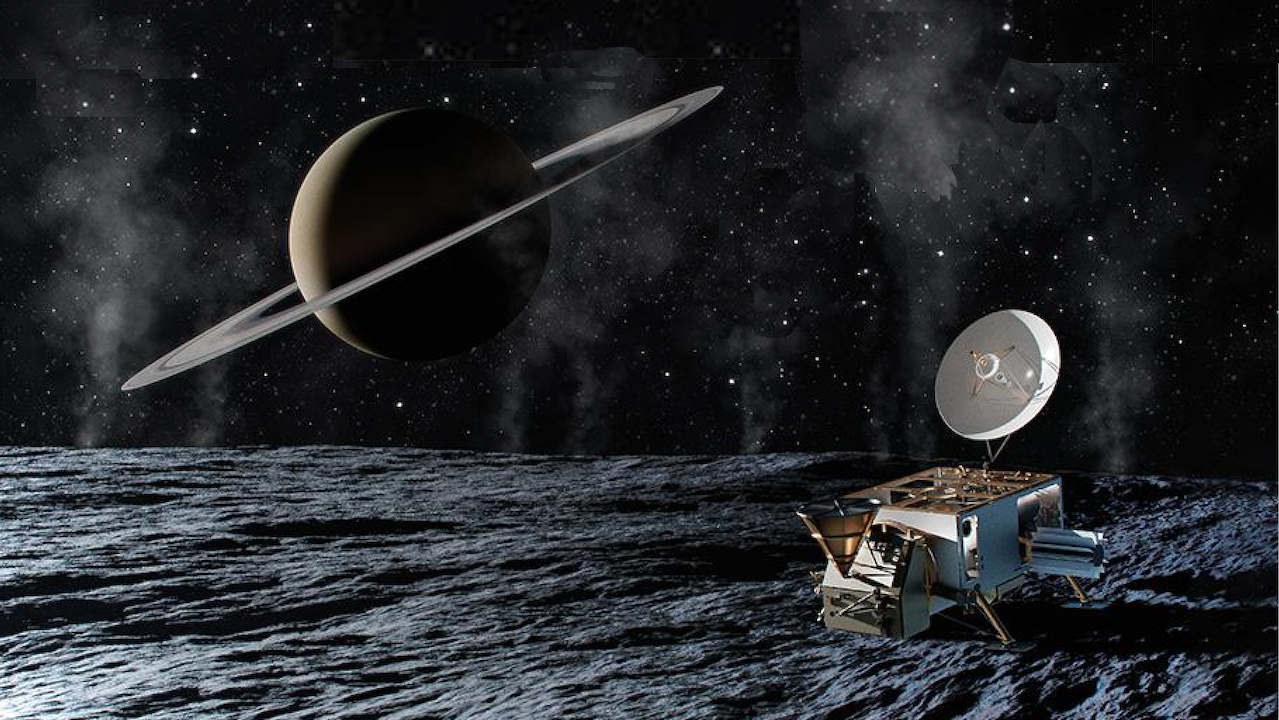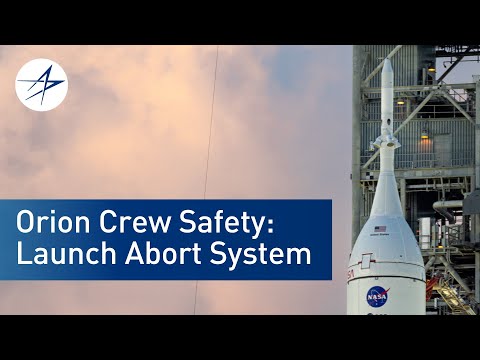Commercial launch companies (especially SpaceX) can breathe easy, now that restrictions on when they’re allowed to lift off have been rescinded. The U.S. Federal Aviation Administration (FAA) has ended an
Archive for November, 202556- Page
Astronomers have found more than 6,000 exoplanets in the Milky Way. They’ve even begun to characterize the atmospheres of some of them. But the Milky Way has consumed many of
NASA may have no choice but to postpone the launch of its next mission to land astronauts on the moon by more than a year. Growing pains for SpaceX’s massive
The Exospace Weather Frontier- W. M. Keck Institute for Space Studies Space weather is among the most powerful and least understood forces shaping planetary atmospheres. In our Solar System, we
Overview of various microorganisms using Fe-based dissimilatory metabolisms that can produce, transform or degrade BIOS at neutral pH conditions. — Earth-Science Reviews Iron (Fe) is one of the most abundant
The locations of oxychlorine detections on the surface of Mars. Details of the locations, specific species, and detection methodology in Table 1. Oxychlorine species (mainly perchlorate and chlorate) have been
Enceladus Orbilander – Wikipedia Deep space missions face extreme communication delays and environmental uncertainty that prevent real-time ground operations. To support autonomous science operations in communication-constrained environments, we present a
A Mars Sample mission begins its return to Earth — Grok via Astrobiology.com The Mars Sample Return (MSR) Campaign aims to retrieve a set of carefully selected and documented samples
Multiple worlds — Grok via Astrobiology.com Over the last few decades, prediction models have become a fundamental tool in statistics, chemometrics, and related fields. However, to ensure that such models
NASA’s Orion spacecraft is built around a single, uncompromising principle—crew must return home safely. From the millisecond‑response launch abort system (LAS) perched atop the capsule to the autonomous flight software that
-
 01From Polymerization-Enabled Folding and Assembly to Chemical Evolution: Key Processes for Emergence of Functional Polymers in the Origin of Life
01From Polymerization-Enabled Folding and Assembly to Chemical Evolution: Key Processes for Emergence of Functional Polymers in the Origin of Life -
 02Panasonic Leica Summilux DG 15mm f/1.7 ASPH review
02Panasonic Leica Summilux DG 15mm f/1.7 ASPH review -
 03How New NASA, India Earth Satellite NISAR Will See Earth
03How New NASA, India Earth Satellite NISAR Will See Earth -
 04And Thus Begins A New Year For Life On Earth
04And Thus Begins A New Year For Life On Earth -
 05Astronomy Activation Ambassadors: A New Era
05Astronomy Activation Ambassadors: A New Era -
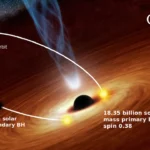 06Two Black Holes Observed Circling Each Other for the First Time
06Two Black Holes Observed Circling Each Other for the First Time -
07SpaceX launch surge helps set new global launch record in 2024


